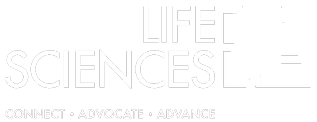Originally posted October 03, 2013 by Linda Rowlings on http://analytics.ubabenefits.com (UBA)
The health marketplaces are starting to accept applications, and with that, interest in the premium subsidy process is increasing.
A person is eligible for a premium subsidy if the person meets all of these requirements:
- Purchases coverage through the government marketplace
- Has a household modified adjusted gross income between 100 to 133 percent (depending on their state) and 400 percent of Federal Poverty Level (FPL)
- Is not eligible for minimum essential medical coverage through a government program such as Medicare, Medicaid, or CHIP
- Is not eligible for minimum essential medical coverage through employer-provided coverage that both is minimum value (60% or greater actuarial value) and affordable (single coverage costs less than 9.5% of household income)
- Has not purchased employer-provided coverage (regardless whether it is affordable and minimum value)
- Is a U.S. citizen, national or alien lawfully present in the U.S. (e.g., on a visa)
- Is not eligible to be claimed as another person’s tax dependent
- Files a tax return (if married, a joint return must be filed)
When a person applies for marketplace coverage he will be screened for possible eligibility for the premium subsidy (or Medicaid). If the person may be eligible for a subsidy he will complete an application that includes information about income and access to affordable, minimum value coverage through an employer. The marketplace will contact the employer to verify that the employee’s information is accurate. Employers will be encouraged, but not required, to respond to these verification requests.
The premium subsidy amount is based on the cost of coverage in the marketplace, not the cost of employer-provided coverage. The subsidy decreases as the person’s income increases, using the following table. (A sliding scale, rounded to the nearest one-hundredth of one percent, applies between the minimum and maximum percentage.)
| Household income as apercent of FPL | Applicable Percentage | |
| Minimum | Maximum | |
| Up to 133 percent | 2.0 | 2.0 |
| 133 to 150 percent | 3.0 | 4.0 |
| 150 to 200 percent | 4.0 | 6.3 |
| 200 to 250 percent | 6.3 | 8.05 |
| 250 to 300 percent | 8.05 | 9.5 |
| 300 to 400 percent | 9.5 | 9.5 |
The applicable percentage is multiplied by the person’s household income to determine his required share of premiums for the second least expensive silver plan in the marketplace.
The premium subsidy actually is a tax credit that is available in advance. Each month, the government will pay the premium subsidy directly to the insurer. The person will pay his or her share directly to the insurer.
Everyone who receives a premium subsidy must file a federal income tax return. The tax return will be used to true-up the amount of subsidy the person received and the amount they were entitled to. If the subsidy was too large the person will have to pay extra tax (to a maximum). If it was too small, the person will get a refund. The maximum amount an individual who received too great a subsidy would repay is:
- $300 if filing single and $600 if filing other than single if household income is less than 200 percent of FPL
- $750 if filing single and $1,500 if filing other than single if income is 200 percent up to 300 percent of FPL
- $1,250 if filing single and $2,500 if filing other than single if income is 300 to 400 percent of FPL.
Recipients will be encouraged to notify the marketplace of mid-year changes in income and number of dependents that might impact the amount of subsidy the person is eligible for.
For your convenience, here are FAQs to address these questions and more. View a copy of the Frequently Asked Questions about the Health Marketplace now.




